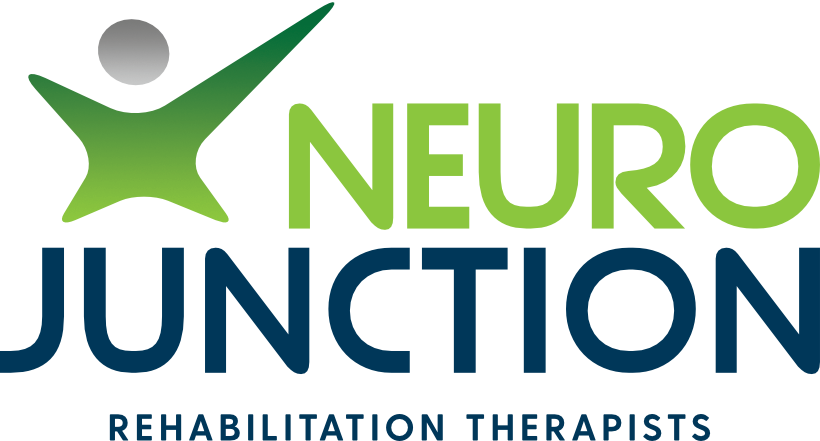Understanding Seizures
WHAT ARE SEIZURES?
A seizure is a sudden influx of uncontrolled electrical and chemical activity in the brain. This influx of activity can affect and cause changes to movement, behaviour, awareness, sensation and level of consciousness.
Different parts of the brain control different aspects of the human body – seizures can present differently from person to person due to the area of the brain impacted.
Most seizures last between 30 seconds to 2 minutes in length. It is important to time seizures if possible. A seizure >5minutes is a medical emergency.
WHAT CAN CAUSE SEIZURES:
In many cases the cause of seizures is unknown. Having two or more seizures in a 24hr window with no known cause is classified as epilepsy. Please see Purple Day for Epilepsy blog for further information on epilepsy.
Seizures can be caused by numerous reasons that result in abnormal uncontrolled signals in your brain:
Post stroke or head injuries
Infections (such as meningitis or encephalitis)
High fevers (also known as febrile seizures) or severe general illness (including conditions such as COVID-19)
Low blood sodium
Drugs and Alcohol
Genetic factors
Environmental factors: such as lack of sleep, stress, flashing lights
Others
Types/classifications of seizures
Focal seizures:
Result from one focused area of the brain with electrical activity
Generalised seizures:
These are seizures that involve/affect both sides of the brain at the same time. Types of generalised seizures include:
Absence seizures: an cause rapid blinking, lip smacking or staring into space for a short period of time (usually lasting 5-10 seconds). This type of seizure can happen hundreds of times a day.
Tonic-clonic seizures: previously called grand mal seizures) causing a sudden loss of consciousness, body stiffening and shaking. These seizures may last for several minutes. The person may feel tired following this kind of seizure.
Other motor types:
Tonic: muscles in the body become stiff or rigid
Atonic: muscles in the body relax
Myoclonic: brief twitching in parts of the body
Clonic: periods of shaking or jerking in parts of the body
TREATMENT:
Medication: anti-seizure medications (prescribed to try to reduce frequency and severity of seizures)
Lifestyle modifications
Other medical options when other treatments are not responsive; such as surgery, vagus nerve stimulation
WHAT can neuro junction DO TO HELP:
Physiotherapy can help to significantly improve quality of life by optimising physical function and mobility. This can be particularly beneficial for people experiencing muscle weakness or movement difficulties associated with seizures.
A risk assessment can be conducted of your home and individualised program incorporating falls prevention and exercise can help manage the severity of seizures.
Occupational therapists can help to provide assessments and strategies for cognitive changes, such as cognitive fatigue, that may be associated with seizures. Specialised equipment can also be prescribed to help maintain safety and optimise function.
Please see the following links for further information: Epilepsy Foundation and Health Direct
REFERENCES:
Sarmast, S. T., Abdullahi, A. M., & Jahan, N. (2020). Current Classification of Seizures and Epilepsies: Scope, Limitations and Recommendations for Future Action. Cureus, 12(9). https://doi.org/10.7759/cureus.10549

